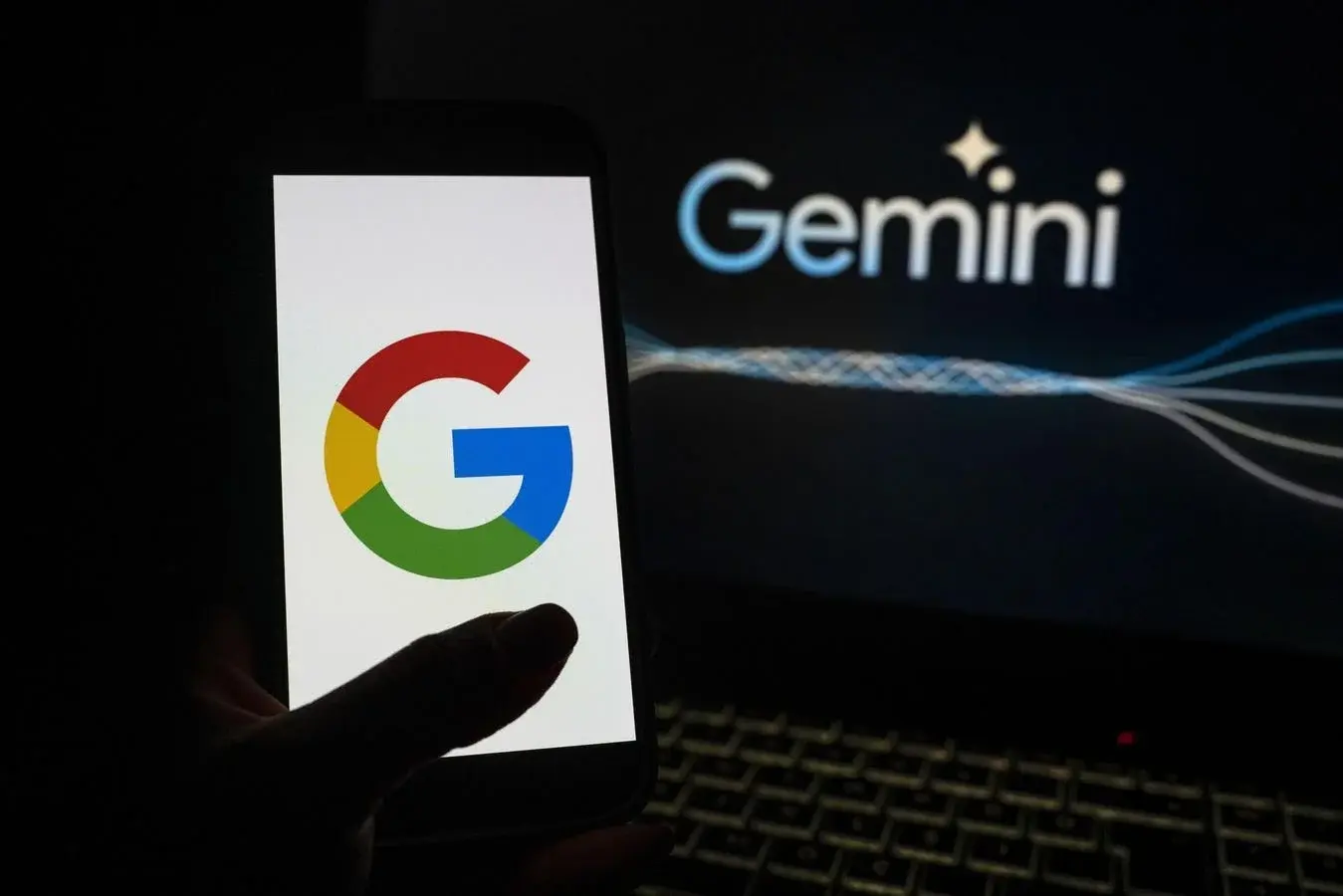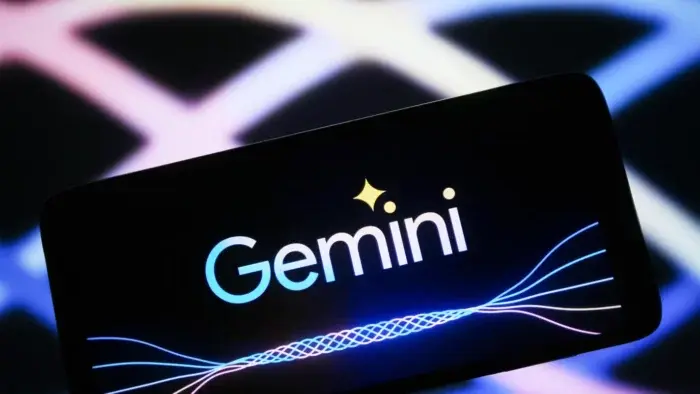In a recent episode of the “Made by Google” podcast, Google announced a reversal on its stance regarding Gemini Nano support for the Pixel 8. Previously, the company cited “hardware limitations” as the reason for excluding the Pixel 8 from receiving this on-device AI model. However, Google has devised a solution, allowing the Pixel 8 to leverage Gemini Nano’s capabilities in a developer preview capacity.
Pixel 8 Gets Gemini Nano After All: A Look at Google’s On-Device AI and Long-Term Update Strategy

Demystifying Gemini Nano on Pixel 8
Gemini Nano represents Google’s most efficient large language model (LLM) designed specifically for on-device experiences. This translates to features like:
- Summarize in Recorder: This function leverages Gemini Nano to automatically generate bullet points summarizing key points from voice recordings, eliminating the need for manual note-taking.
- Enhanced Gboard Smart Reply: Gemini Nano empowers Gboard’s Smart Reply feature, enabling it to propose faster and more contextually relevant response suggestions during messaging conversations.
Pixel 8 Pro Takes the Lead with Broader Compatibility
While the Pixel 8 receives Gemini Nano support in a developer preview, the Pixel 8 Pro benefits from a more extensive implementation. This is primarily due to the difference in RAM capacity between the two devices. The Pixel 8 Pro boasts 12 GB of RAM, compared to the Pixel 8’s 8 GB. This additional memory allows the Pixel 8 Pro’s Smart Reply functionality to extend its compatibility to popular messaging apps such as WhatsApp, Line, and KakaoTalk.
Google acknowledges that running LLMs on devices with varying RAM configurations can significantly impact user experience. To address this challenge, the company has conducted extensive testing to optimize Gemini Nano for the Pixel 8’s 8 GB RAM setting. This optimization strategy aligns with similar efforts undertaken by other manufacturers, such as Samsung’s approach with the Galaxy S24.
The anticipated arrival of Gemini Nano on Pixel 8 devices is slated for the upcoming Pixel Feature Drop, expected to arrive in June 2024 as part of Android 14 QPR3. This update will not only introduce these user-facing enhancements but also grant Pixel 8 developers access to AICore, a suite of tools that facilitates the integration of on-device AI functionalities into their applications.
Unveiling the Strategy Behind Google’s 7-Year Update Commitment
The podcast discussion also delved into Google’s extended update policy for Pixel devices. Guaranteeing software support for a remarkable seven years. This extended lifespan is achieved through a collaborative effort involving component suppliers, partners, and the Android development team. Google emphasizes the role of rigorous testing and year-round beta programs in ensuring the reliability and consistency of these quarterly updates.
The decision to extend support to seven years was data-driven, with Google considering factors such as typical user device lifespans and resale market trends. Google’s vision for the latter stages of this seven-year cycle involves the introduction of software-based features that do not necessitate additional hardware upgrades.
Navigating RAM Limitations and Ensuring a Smooth User Experience
In the context of implementing Gemini Nano on Pixel 8, addressing RAM limitations posed the most significant challenge, given the memory-intensive nature of LLMs. Google’s solution involved extensive testing and optimization techniques. These optimizations likely encompass strategies such as “lazy loading,” which postpones loading certain resources until they are needed, and keeping essential models resident in memory for core functionalities like Smart Reply.
As Google readies for the upcoming Feature Drop, ongoing system health validations are being diligently conducted. This rigorous testing aims to guarantee a seamless integration of new features onto existing Pixel devices.
A Promising Future for On-Device AI and Long-Term Pixel Support
Google’s revised stance on Gemini Nano support for Pixel 8 signifies a step forward in on-device AI development. The ability to run efficient LLMs directly on user devices unlocks a new era of privacy-focused and offline-accessible applications. Furthermore, Google’s dedication to extended software support for Pixel devices instills confidence in users, ensuring their investment remains protected with ongoing security updates and feature enhancements. The upcoming Feature Drop in June 2024 promises to be a significant milestone. Not only for Pixel 8 users but also for developers seeking to leverage the power of on-device AI within their applications.
![]()
Deep Dive: Exploring the Technicalities of Gemini Nano and Beyond
Building upon the groundwork laid out in the previous section, let’s delve deeper into the technical aspects of Gemini Nano, its potential applications, and the security and privacy considerations surrounding on-device AI models.
Technical Nuances of Gemini Nano
While the press release provides a high-level overview of Gemini Nano’s functionalities, a deeper understanding necessitates exploring its technical underpinnings. Here’s a breakdown of some key aspects:
- Architecture: Large language models are complex neural networks trained on massive datasets of text and code. Understanding Gemini Nano’s architecture, specifically the type of neural network employed (e.g., Transformer-based) and its parameter size (number of connections within the network), would shed light on its strengths and limitations.
- Training Process: The training process for LLMs involves feeding the model vast amounts of data to enable it to identify patterns and relationships within language. Knowing the specific data sources used to train Gemini Nano (e.g., books, code repositories, web documents) could provide insights into its potential biases and areas of expertise.
- Efficiency Optimizations: As highlighted in the article, Google has successfully optimized Gemini Nano to run effectively on the Pixel 8’s 8GB RAM. Exploring the specific techniques employed, such as model pruning (removing unnecessary connections) or quantization (reducing the number of bits used to represent data), could benefit the broader AI community.
Expanding the Horizon: Potential Applications of Gemini Nano
The functionalities showcased in the announcement – Summarize in Recorder and enhanced Gboard Smart Reply – represent just the tip of the iceberg. Gemini Nano’s capabilities hold immense potential across various domains:
- On-Device Personal Assistants: Imagine a more intelligent and context-aware Google Assistant that leverages Gemini Nano for improved natural language understanding. This could enable richer interactions, allowing users to engage in complex conversations and receive personalized recommendations without relying on internet connectivity.
- Smart Summarization and Content Creation: The ability to automatically generate summaries of lengthy documents or emails could prove immensely valuable. Additionally, Gemini Nano could potentially assist users in content creation by suggesting relevant phrases or even generating different creative text formats based on user prompts.
- Offline Language Processing: One of the significant advantages of on-device AI models is their ability to function without an internet connection. This opens doors for offline language translation, voice dictation with real-time corrections. And even potentially rudimentary offline chatbots for specific use cases.
Security and Privacy Considerations: Protecting User Data
While on-device AI offers undeniable benefits, it’s crucial to address the associated security and privacy concerns. Here are some key considerations:
- Data Security on Device: Since LLMs like Gemini Nano are trained on vast amounts of data. Ensuring that this data remains secure on the user’s device is paramount. Techniques like secure enclaves within the processor and robust encryption protocols are essential safeguards.
- Model Tampering and Poisoning: Malignant actors could potentially attempt to tamper with the on-device AI model to generate biased or misleading outputs. Implementing techniques for model integrity verification and tamper detection becomes critical.
- User Control and Transparency: Users should have clear control over how their data is used to train and improve on-device AI models. Furthermore, transparency regarding how these models function and the potential for biases is essential for building user trust.
Looking Ahead: The Future of On-Device AI
Google’s advancements with Gemini Nano represent a significant step forward in on-device AI. As this technology matures, we can expect to see a plethora of innovative applications emerge. Transforming how we interact with our devices and the world around us. However, addressing the security and privacy concerns will be crucial to ensuring responsible and trustworthy development in this exciting field.
While the previous sections focused on technical details and future implications, here are some tips and tricks related to on-device AI, specifically for Pixel 8 users:
Optimizing the Pixel 8 experience for Gemini Nano (when available):
- Manage Background Apps: Since RAM limitations play a role in on-device AI performance, consider closing unnecessary background apps before using features like Summarize in Recorder or enhanced Gboard Smart Reply. This frees up memory resources for smoother operation of Gemini Nano.
- Enable Developer Options (Optional). For advanced users, enabling developer options on Pixel 8 might provide access to additional settings related to on-device AI models. However, proceed with caution and only modify settings you understand to avoid unintended consequences.
General Tips for a Better On-Device AI Experience (applicable to most devices):
- Update Regularly: Ensure your device software is updated to the latest version. This not only provides security patches but also potentially includes optimizations for on-device AI functionalities.
- Utilize Available Features: Explore the built-in on-device AI features offered by your phone’s manufacturer. For instance, many devices now offer on-device voice assistants or image recognition capabilities.
- Provide Feedback: Don’t hesitate to provide feedback to app developers and device manufacturers regarding your experience with on-device AI features. This feedback helps them improve these functionalities in future updates.
Additional Considerations:
- Battery Life: While on-device AI offers advantages, it can also consume battery life. Be mindful of this when using resource-intensive features and consider adjusting settings like screen brightness or background app refresh for optimal battery performance.
- Offline Functionality: On-device AI models offer the advantage of working offline. However, the extent of functionality might be limited compared to their cloud-based counterparts. Understanding these limitations can help you manage expectations.
Remember, on-device AI is a rapidly evolving field. These tips and tricks may need to be adapted as technology advances and new features emerge.
Conclusion: A Catalyst for Innovation
The interplay between Google’s commitment to long-term software updates for Pixel devices and the burgeoning potential of on-device AI models like Gemini Nano paints an optimistic picture for the future. Users can anticipate a more feature-rich and personalized mobile experience, empowered by intelligent on-device functionalities. As developers delve deeper into the potential of Gemini Nano and similar models, the possibilities for seamless and privacy-preserving AI integration into our daily lives seem boundless.





